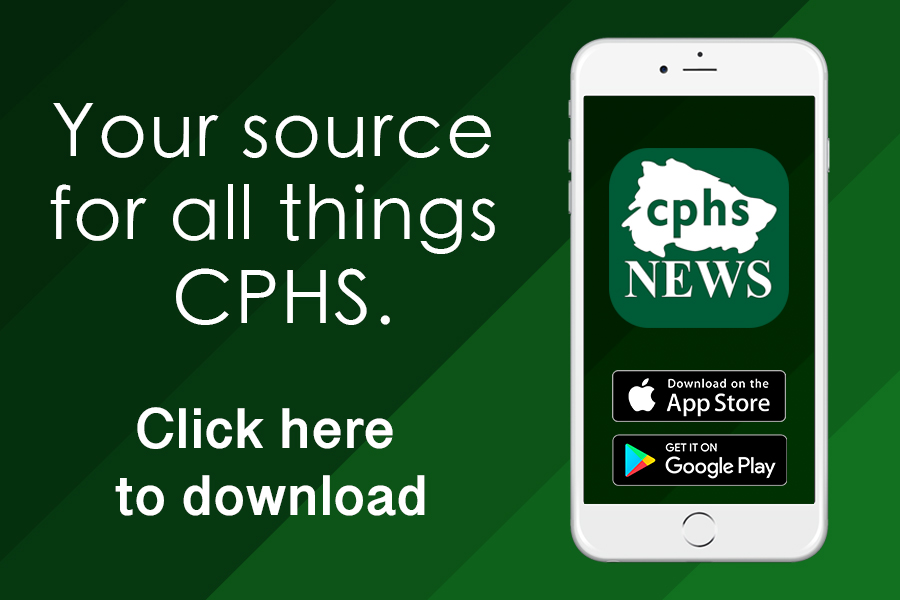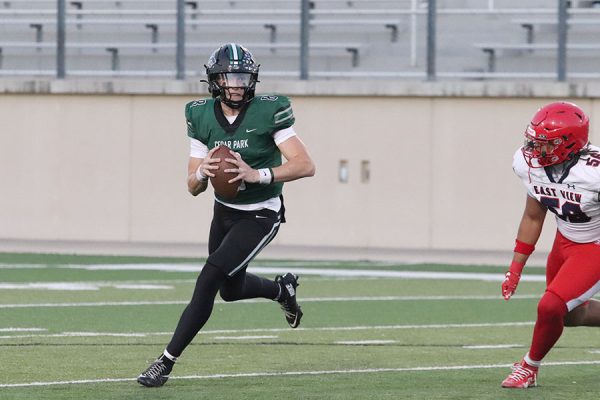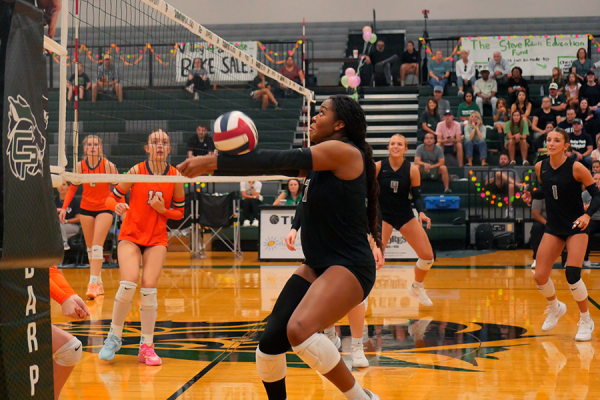Behind the Scenes
How The Wolfcast Is Made
Screenshot of CPHS News Wolfcast
Juniors Abigail Martinez, Jack Polishook and Katie Whitmarsh report for a new episode of the Wolfcast. “Being an anchor and seeing the show be produced everyday has taught me a lot,” Martinez said. “I enjoy being able to share the stories of CPHS to the community and representing the Wolfcast. It is important for my co-anchors and myself that we give the student body facts and unbiased opinions while also keeping the show entertaining.”
February 14, 2022
Four days a week, students enter their DEN period and hear the latest school news and stories through the Wolfcast, a newscast recorded and edited by the Broadcast program. Although the 10 minute length of the average Wolfcast report may come and go for the audience, it’s a different story for the Broadcast team. It’s not just the minutes, but the seconds that are meticulously planned out down to every detail.
The planning begins in the pitch meetings. In them, members discuss their story ideas for the Wolfcast and decide what’ll be put in it. Everyone involved in the production of the Wolfcast is required to write one major news story, called a “package,” and two shorter segments. Throughout this process, there is a great deal of trust and freedom provided by Broadcast teacher Anthony Garcia.
“It’s a very student-led program,” executive producer and senior Katie Smith said. “It’s almost all students who are responsible for the production of the Wolfcast. Furthermore, different groups of students rotate for each episode so that everyone has a chance to contribute. If you’re in the Wolfcast, you get to report on what you want.”
After pitch meetings, reporters are sent out to capture any interviews and b-roll footage they need. Everyone in their first year of broadcast is required, among other roles they may fill, to be a reporter. Students may have seen them walk around the school, walking with a mic and cameramen following closely behind or interviewing students.
“As a reporter, you get to do everything,” senior and reporter Ethan Hexter said. “I joined the Wolfcast this year because I plan to be a professional sound engineer, and being in Broadcast gives me the opportunity to be around really smart people who have experience in news production. It teaches me both the technical aspects and the teamworking skills, as we have to bounce ideas off of each other for the Wolfcast and eventually have to come together and work on one idea. ”
All of this footage is rounded up and polished by editors, a role that the tech team of the broadcast program takes on. According to senior and editor Chance Gates, editing is both a repetitive and stressful job and one that allows him to become closer with the stories of the school in a way that no one else could.
“Using Adobe Premiere, this is where each Wolfcast report begins to take shape,” Gates said. “As an editor, you really have to know what’s on the show – how different segments have to be edited, where to make cuts, all these things that require you to play the footage over and over again until it’s in a watchable state. It gives you a lot of experience in other technical jobs, because editing on the Wolfcast makes you know when exactly to cut in a clip or how to balance the audio during a recording, fundamental video and audio editing concepts you would find in any job that requires it.”
Anchors are primarily responsible for introducing each story and communicating the news to the audience. Currently, the anchors of the Wolfcast are juniors Jack Polishook, Abigail Martinez and Katie Whitmarsh, with other members of the Wolfcast like junior Regan Hill as a replacement if an anchor happens to be absent. As the first thing students see when watching the Wolfcast, Whitmarsh considers herself and the anchors to be important representatives of it.
“Everyone at the school – students, faculty, parents, and more – rely on the Wolfcast to get daily updates on the school’s current events,” Whitmarsh said. “Anchors have a responsibility to make sure that none of the information is misleading or spreading lies and rumors. Garcia always says that whenever the Wolfcast plays, it is playing the voice of the school and of the student body, so we have to ensure that we hold ourselves to a high standard.”
Before each Wolfcast is recorded, its members have a 30-minute meeting where they discuss the content of the Wolfcast and if anything needs to be modified before or during the session, such as the movement of a camera person from their usual spot or a slight change in the script. Then, everyone gets into their respective positions, and from that point onward it’s time to record and post the Wolfcast on the Youtube page for CPHS News.
“Wolfcast is incredibly beneficial for everyone involved,” Smith said. “For its members, they learn what working in a professional broadcast environment looks and feels like, and everything from using Adobe Premiere to learning how to pitch a story to interviewing people can be transferred to a future job in journalism. For the audience, they are kept up with the stories of the school they attend nearly every day, whether it’s just an interesting and funny one or one that informs the students of the academic opportunities they have.”


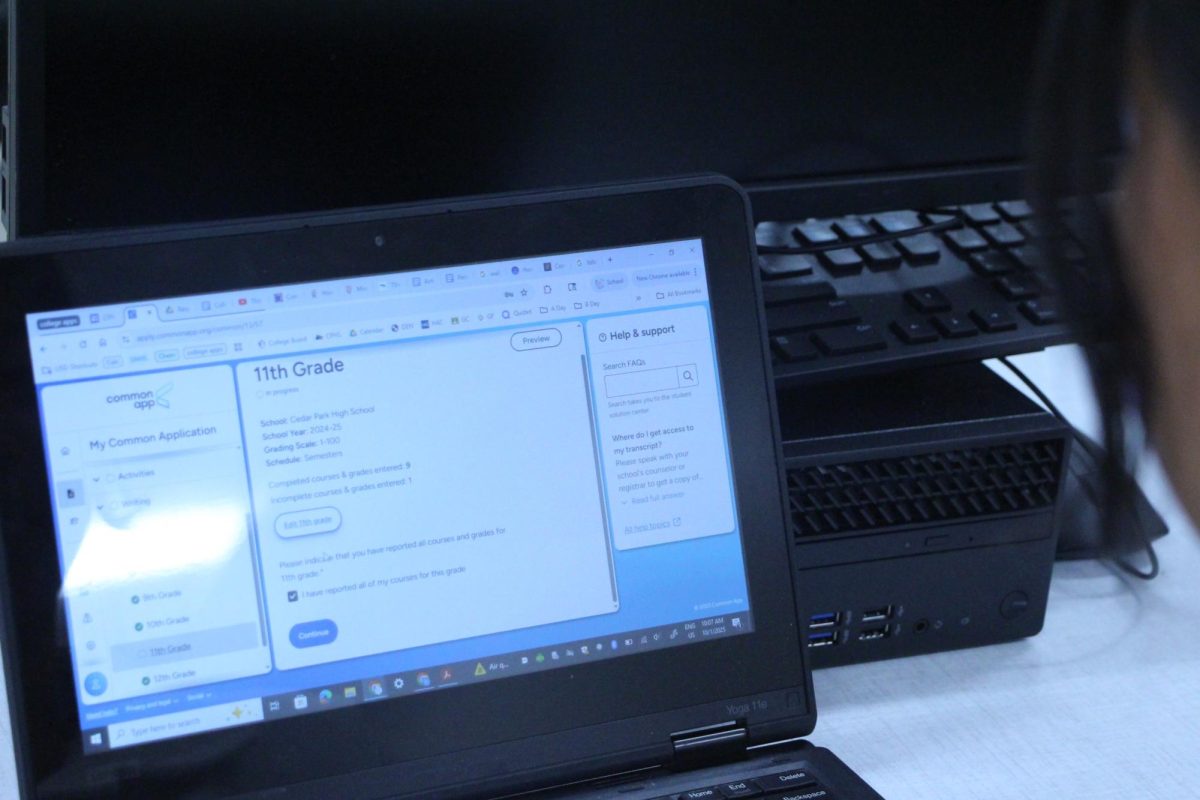
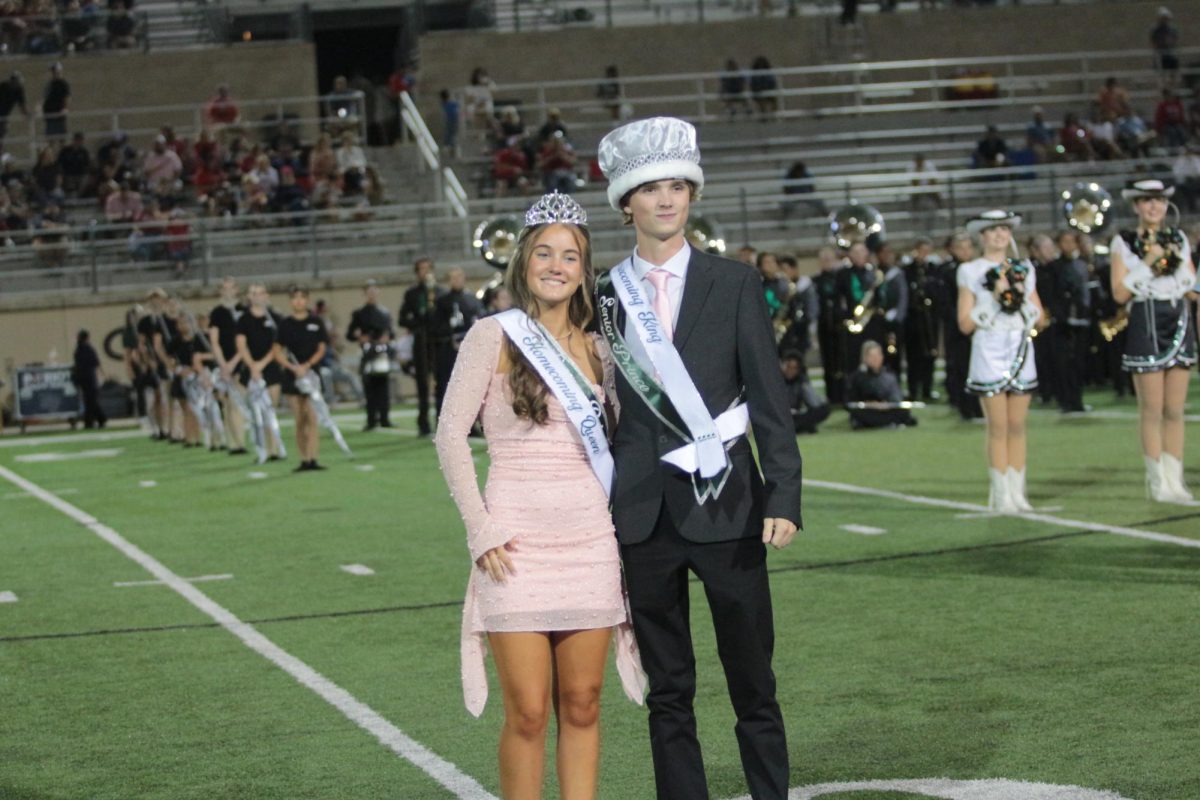

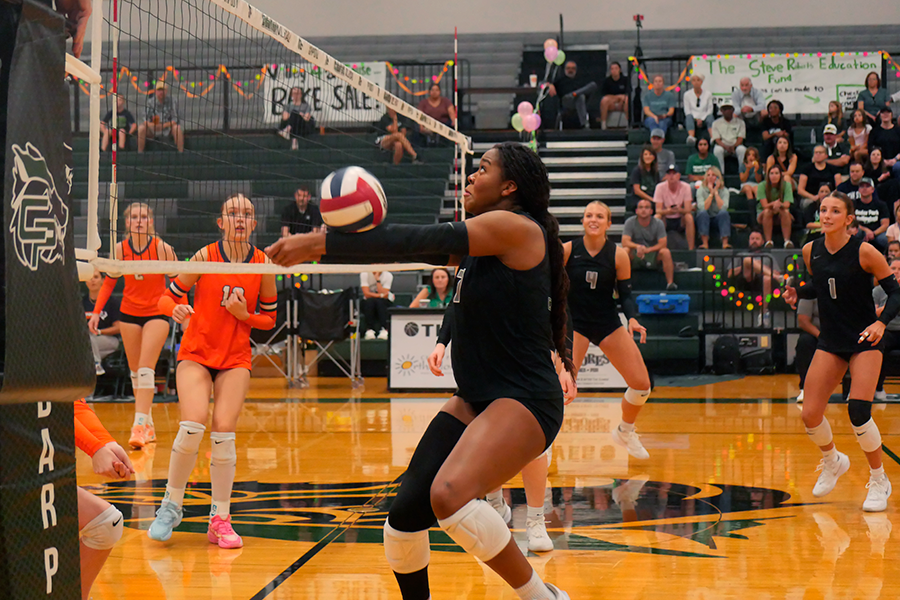
![As her hair blows in the wind, senior Brianna Grandow runs the varsity girls 5K at the cross country district meet last Thursday. Grandow finished fourth in the event and led the varsity girls to regionals with a third place placement as a team. “I’m very excited [to go to regionals],” Grandow said. “I’m excited to race in Corpus Christi, and we get to go to the beach, so that’s really awesome.” Photo by Addison Bruce](https://cphswolfpack.com/wp-content/uploads/2025/10/brianna.jpg)

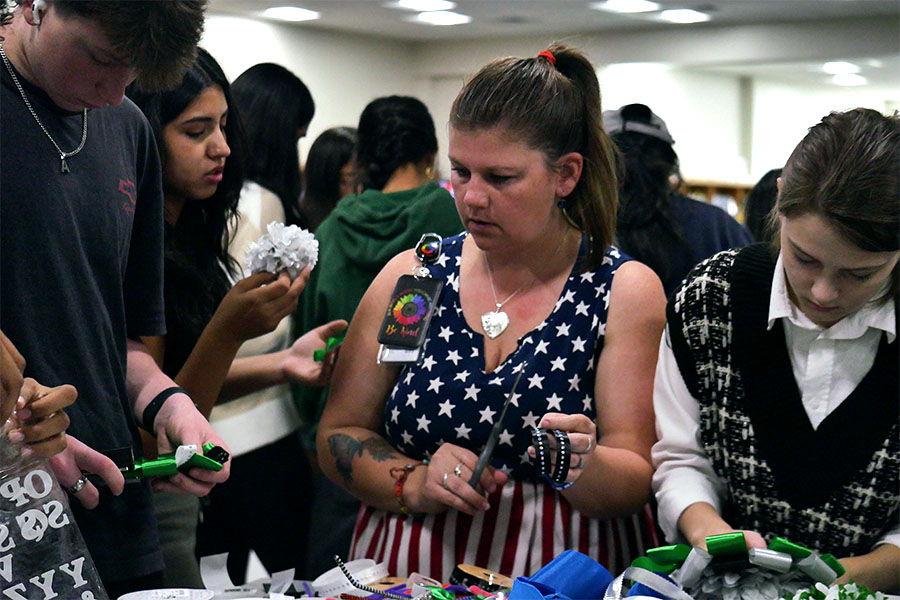
![Broadcast, yearbook and newspaper combined for 66 Interscholastic League Press Conference awards this year. Yearbook won 43, newspaper won 14 and broadcast took home nine. “I think [the ILPC awards] are a great way to give the kids some acknowledgement for all of their hard work,” newspaper and yearbook adviser Paige Hert said. “They typically spend the year covering everyone else’s big moments, so it’s really cool for them to be celebrated so many times and in so many different ways.”](https://cphswolfpack.com/wp-content/uploads/2025/05/edited-ILPC.jpg)


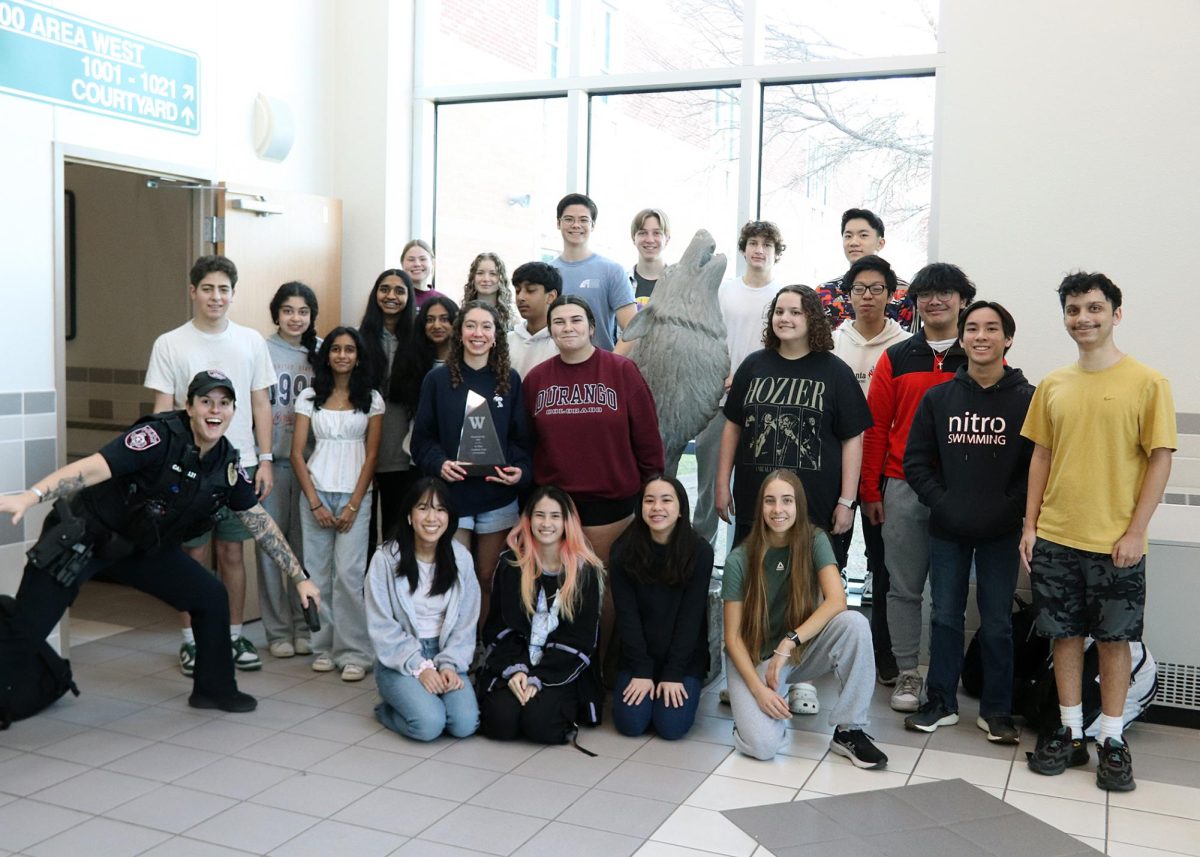

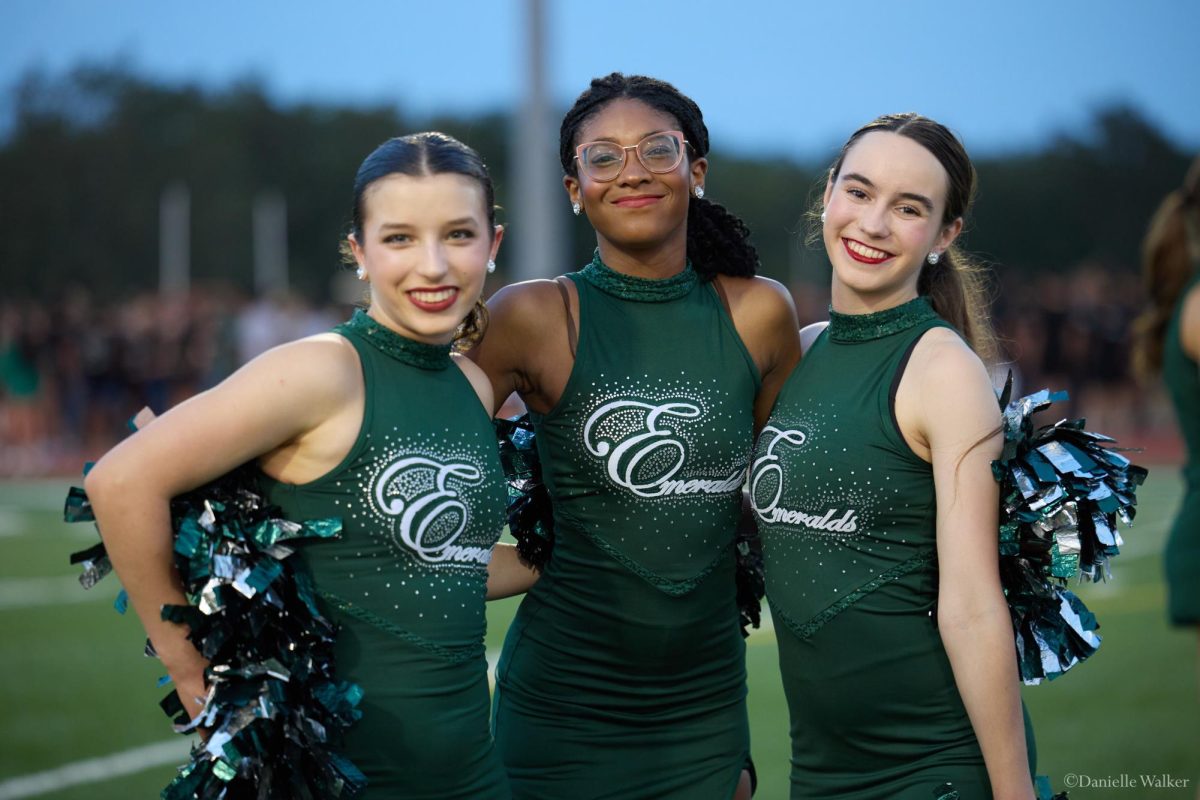
![Sitting with her friend senior Sohpia Struve at last year’s Austin City Limits Festival, senior Ava Zuniga poses for a picture under a pavilion. They are frequent attendees at ACL, an annual music festival at Zilker Park. “I would recommend seeing a bunch of people,” Zuniga said. “This past year, we camped out for Chappell [Roan] for a really long time. I think the whole point of ACL, [which] is a lot of fun, is that you can go see so many different people, even if you don’t know them. So by camping by one person, it really limits yourself from being able to go see a bunch of people.” Photo courtesy of Ava Zuniga](https://cphswolfpack.com/wp-content/uploads/2025/10/EE9E9484-FE6F-4AA0-B5F5-0C177AB32841-1200x857.jpeg)
![Looking down at his racket, junior Hasun Nguyen hits the green tennis ball. Hasun has played tennis since he was 9 years old, and he is on the varsity team. "I feel like it’s not really appreciated in America as much, but [tennis] is a really competitive and mentally challenging sport,” Nguyen said. “I’m really level-headed and can keep my cool during a match, and that helps me play a bit better under pressure.” Photo by Kyra Cox](https://cphswolfpack.com/wp-content/uploads/2025/09/hasun.jpg)

![Bringing her arm over her head and taking a quick breath, junior Lauren Lucas swims the final laps of the 500 freestyle at the regionals swimming competition on date. Lucas broke the school’s 18-year-old record for the 500 freestyle at regionals and again at state with a time of 4:58.63. “I’d had my eye on that 500 record since my freshman year, so I was really excited to see if I could get it at regionals or districts,” Lucas said. “ State is always a really fun experience and medaling for the first time was really great. It was a very very tight race, [so] I was a bit surprised [that I medaled]. [There were] a lot of fast girls at the meet in general, [and] it was like a dogfight back and forth, back and forth.” Photo by Kaydence Wilkinson](https://cphswolfpack.com/wp-content/uploads/2025/03/Kaydence-2.7-23-edit-2.jpg)
![As the support team sits and poses for a photo in the cafeteria with the counseling team they eagerly wait to start their day. "We [all] seem to be a team, I get up every day and there's days where I don't want to go to work today, but I'm thankful that I have a job and I'm blessed to have what I have," Christopherson said. Photo Courtesy of Julie Weltens.](https://cphswolfpack.com/wp-content/uploads/2025/01/AF9E8470-10D7-4C91-BF28-EC8F86BAB66C-1200x852.jpeg)
![Jumping off the ground, senior linebacker Bennett Patton snatches the ball out of the air for an interception at Thursday’s game against Chaparral. Patton had two interceptions in the 56-14 victory, tying the school record for interceptions in a game. “I was just playing the game,” Patton said. “[I’m] going to go into next week, forget about it and stay humble.” Photo by Harper Chapman](https://cphswolfpack.com/wp-content/uploads/2025/09/bennett-interception.jpg)








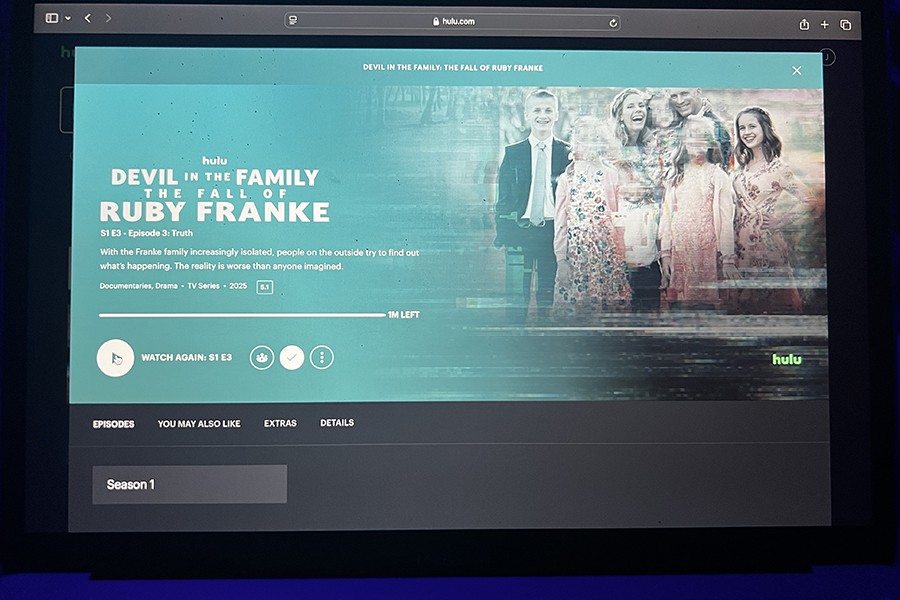





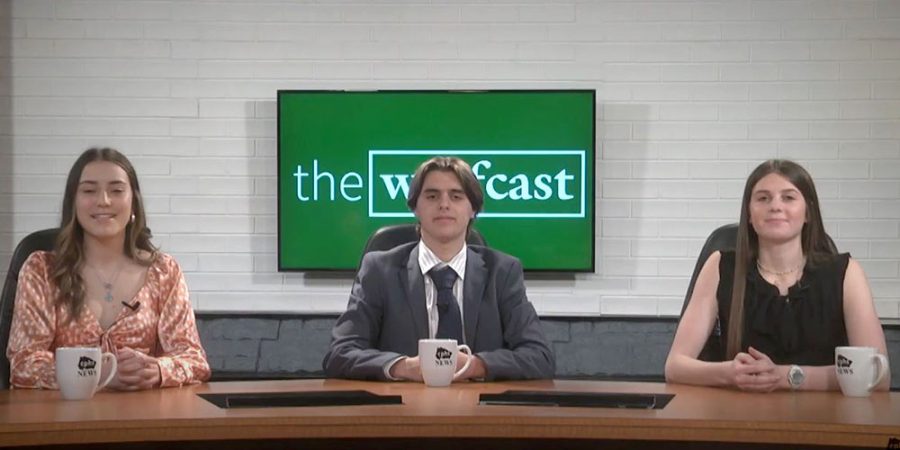
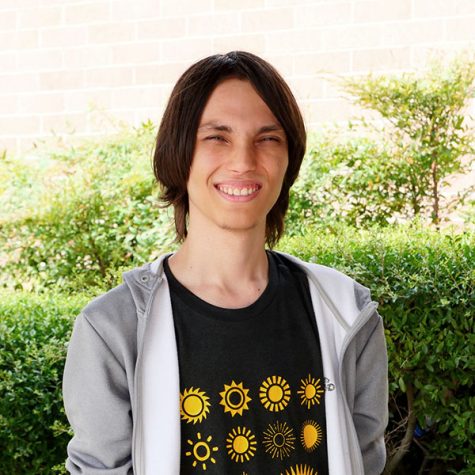
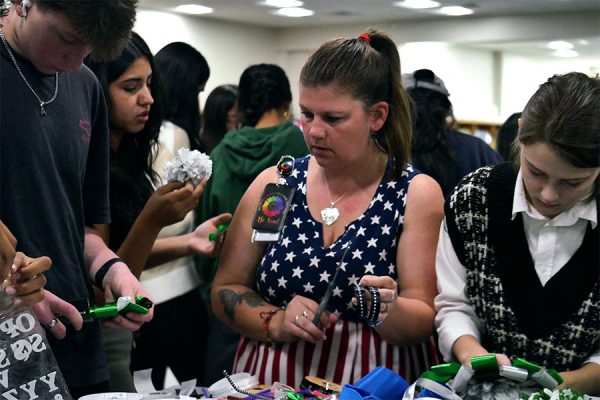
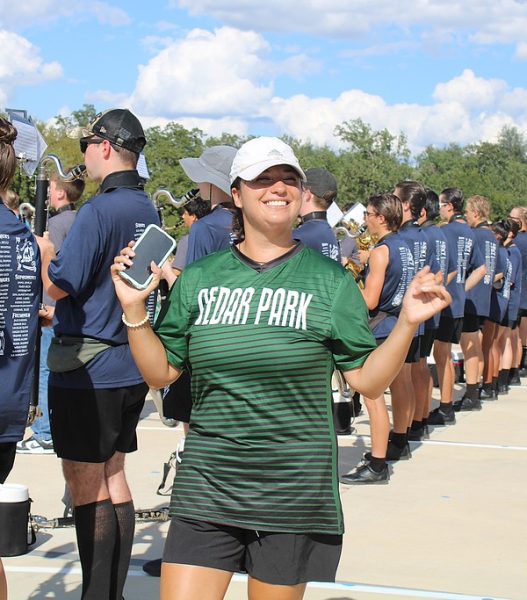
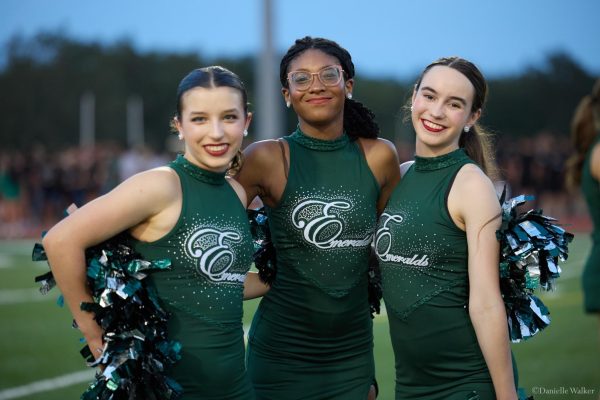

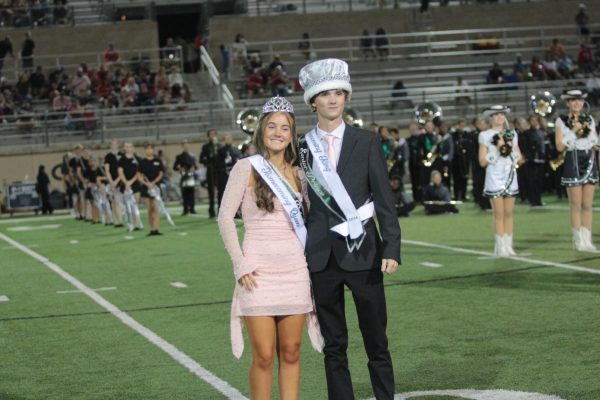
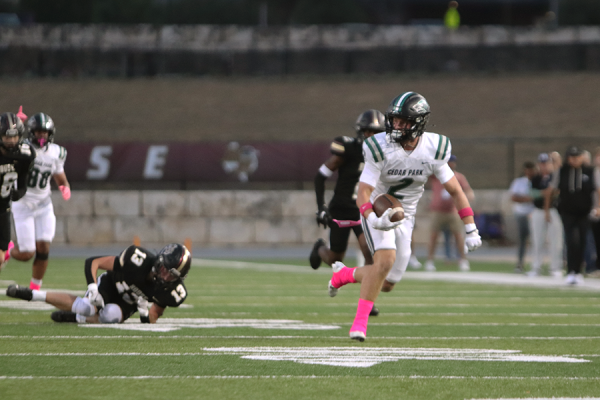
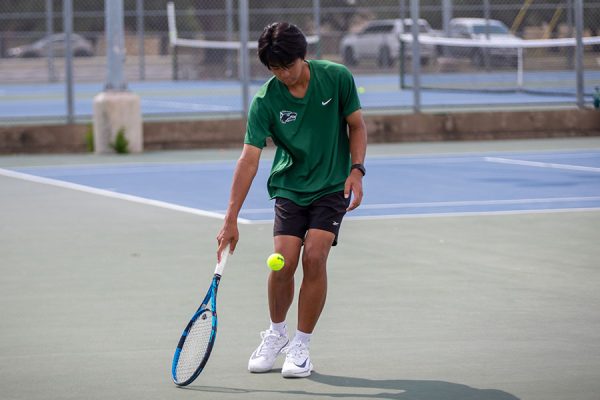
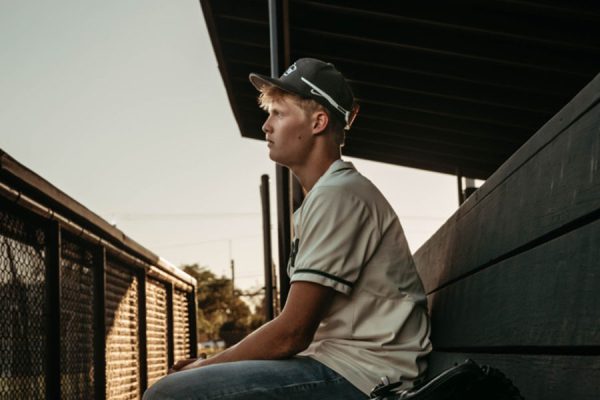
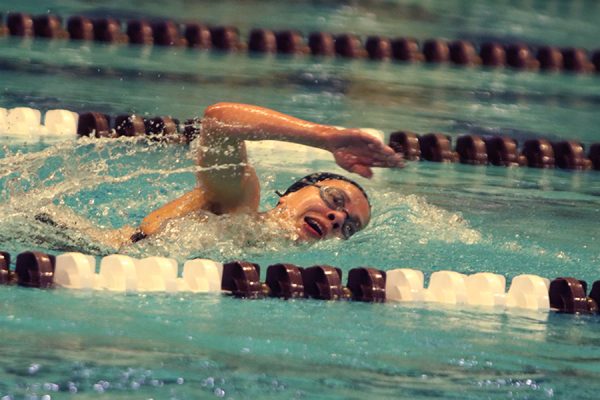
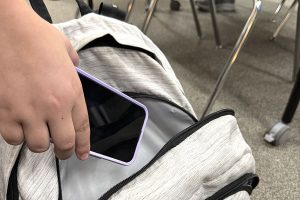
![The fire department came to the school after students were evacuated when smoke started coming from the ceiling of a classroom. All students and staff are safe. “All of my friends left their stuff too, so we couldn’t contact our parents, and it was stressful,” senior Brynn Fowler said. “It was scary because I didn’t know [what was going on], and I couldn’t find anyone because it was a big crowd.” Photo by Anthony Garcia](https://cphswolfpack.com/wp-content/uploads/2025/09/firetruck-300x200.jpg)


![Finishing her night out after attending a local concert, senior Grace Sauers smiles at the camera. She recently started a business, PrettySick, that takes photos as well as sells merch at local concert venues. Next year, she will attend Columbia Chicago College majoring in Graphic Design. “There's such a good communal scene because there [are] great venues in Austin,” Sauers said. “I'm gonna miss it in Austin, but I do know Chicago is good, it's not like I'm going to the middle of nowhere. I just have to find my footing again.” Photo Courtesy of Grace Sauers.](https://cphswolfpack.com/wp-content/uploads/2025/04/Grace-300x225.png)
